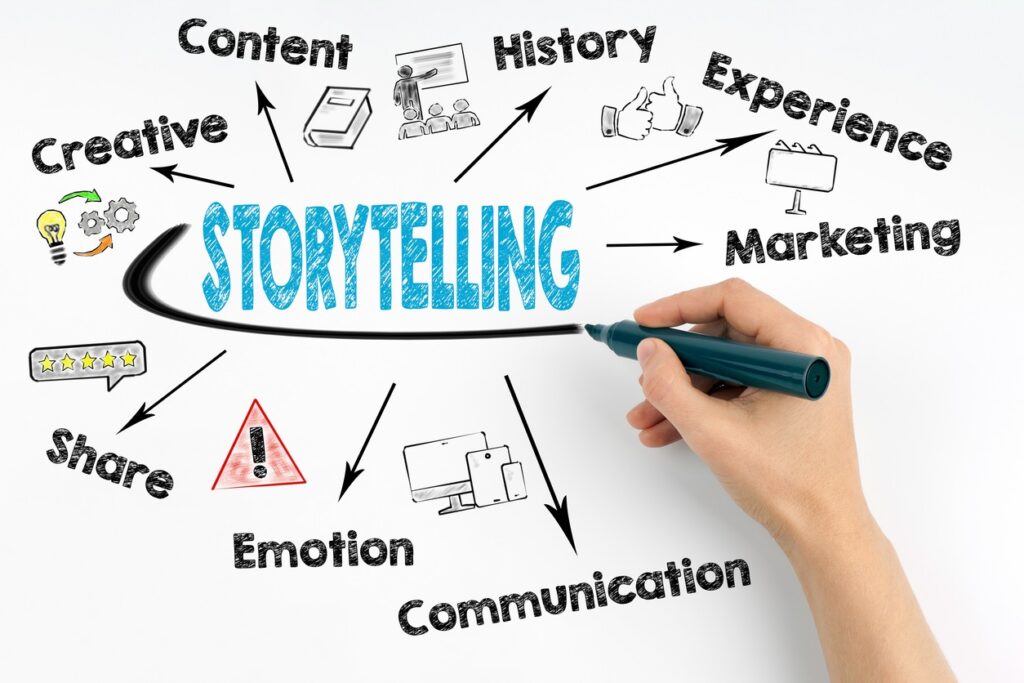
Image Source: Google
Sales storytelling is a powerful tool that can help you connect with customers on a deeper level, establish trust, and ultimately close deals. By weaving a compelling narrative into your sales pitch, you can captivate your audience, make your product or service more relatable, and stand out from the competition. In this article, we will explore the key elements of mastering the art of sales storytelling and provide you with practical tips on how to use storytelling to boost your sales success.
The Power of Sales Storytelling
Benefits of Sales Storytelling
- Builds emotional connections with customers
- Makes your brand and product memorable
- Helps you differentiate yourself from competitors
- Engages customers on a deeper level
- Increases the likelihood of closing deals
Why Stories Work
Humans are wired to respond to stories. When you tell a story, you are not just relaying facts and figures; you are creating an emotional experience for your audience. Stories have the power to evoke empathy, create suspense, and trigger the release of feel-good hormones like oxytocin, making your message more impactful and memorable.
Creating a Compelling Sales Story
Know Your Audience
Before crafting your sales story, it is crucial to understand your target audience. What are their pain points, desires, and motivations? Tailor your story to resonate with your audience's needs and emotions to make a stronger connection.
Structure Your Story
A well-structured sales story should have a clear beginning, middle, and end. Start by setting the stage and establishing the problem or challenge your audience is facing. Then, introduce your product or service as the solution and highlight its benefits. Finally, conclude with a compelling call-to-action that prompts the customer to take the next step.
Include Real-life Examples
Integrate real-life examples, case studies, or testimonials into your sales story to add credibility and authenticity. Stories that feature relatable characters and demonstrate tangible results are more likely to resonate with customers and build trust in your brand.
Delivering Your Sales Story
Use Engaging Visuals
Visual aids such as images, videos, or infographics can enhance your sales story and make it more engaging for your audience. Visuals help to create a multi-sensory experience that reinforces your message and keeps your audience interested and attentive.
Practice Active Listening
Engage in active listening during your sales pitch to understand your customer's needs and respond accordingly. Pay attention to their reactions, body language, and verbal cues to tailor your story in real-time and address any concerns or objections they may have.
Follow Up with a Strong Closing
End your sales story with a strong closing that reinforces the value proposition of your product or service. Invite the customer to take action, whether it is scheduling a demo, signing up for a free trial, or making a purchase. A compelling closing can make all the difference in sealing the deal.
Practicing and Refining Your Sales Storytelling Skills
- Record and review your sales pitches to identify areas for improvement
- Solicit feedback from colleagues, mentors, or customers to gain valuable insights
- Attend sales training workshops or seminars to learn new storytelling techniques
- Experiment with different storytelling approaches to see what resonates best with your audience
- Practice storytelling in everyday conversations to hone your skills and build confidence
Mastering the art of sales storytelling takes time, practice, and dedication, but the payoff can be significant. By incorporating storytelling into your sales strategy, you can create meaningful connections with customers, increase engagement, and ultimately drive sales success. Start crafting your compelling sales story today and watch as you captivate customers and close deals like never before.
